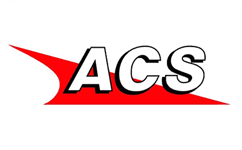- Par. Leof. Vouliagmenis 328, Agios Dimitrios, 17342
- +302118004320
- Mon-Fri 9:30-17:30
- [email protected]
- View on map
+302118004320 Mon-Fri 9:30-17:30
Email [email protected]
Address
Greece, Agios Dimitrios, Παρ. Λεωφ. Βουλιαγμένης 328
- We suggest also













